Russian Sauce, 10 Stick Box Set
Out of stock
These soft pastels are known as ‘Russian sauce’ and are used in the creation of fine art works. The formulation process features durable, finely ground mineral and earth pigments. These high-quality pigments are then combined with just the right amount of kaolin and Chasov Yar clay.
- 10 pieces, 62mm in length, in a wooden box.
- Used in the Imperial Academy of Fine Arts, St Petersburg.
- Silky and smooth texture.
- Can be used for toning paper by grinding a pastel stick into powder and mixing with water
- wash and blend them as watercolours with a soft brush
- The sauce, after drying, can be washed with an eraser
- Perfect choice for graphic arts, especially for life drawings and portraits
- protective wrapping on each stick
- White, Brown, Ochre, Black, Warm grey, Grey blue, Grey, Bistro, Grey green, Light grey
Out of stock

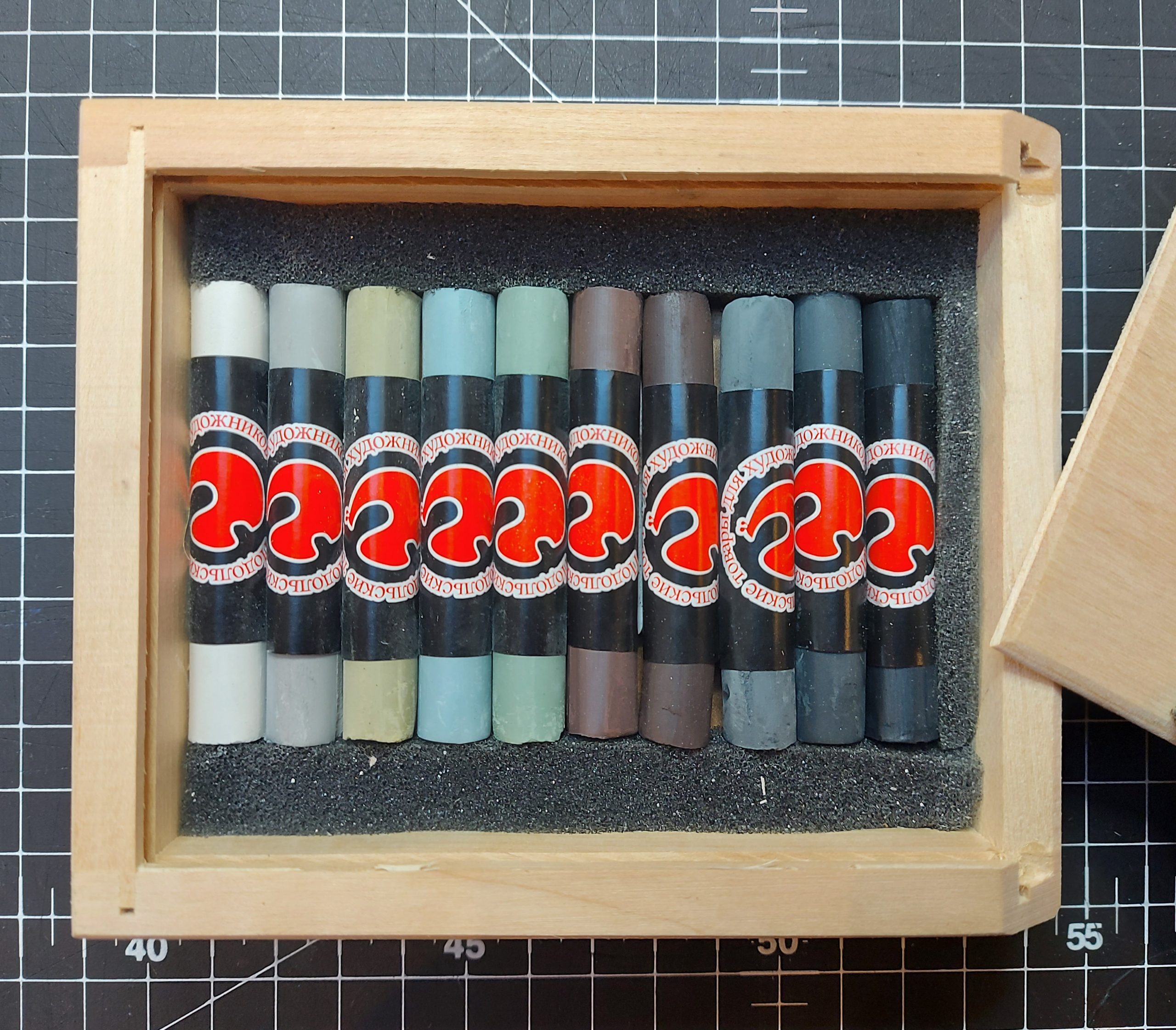
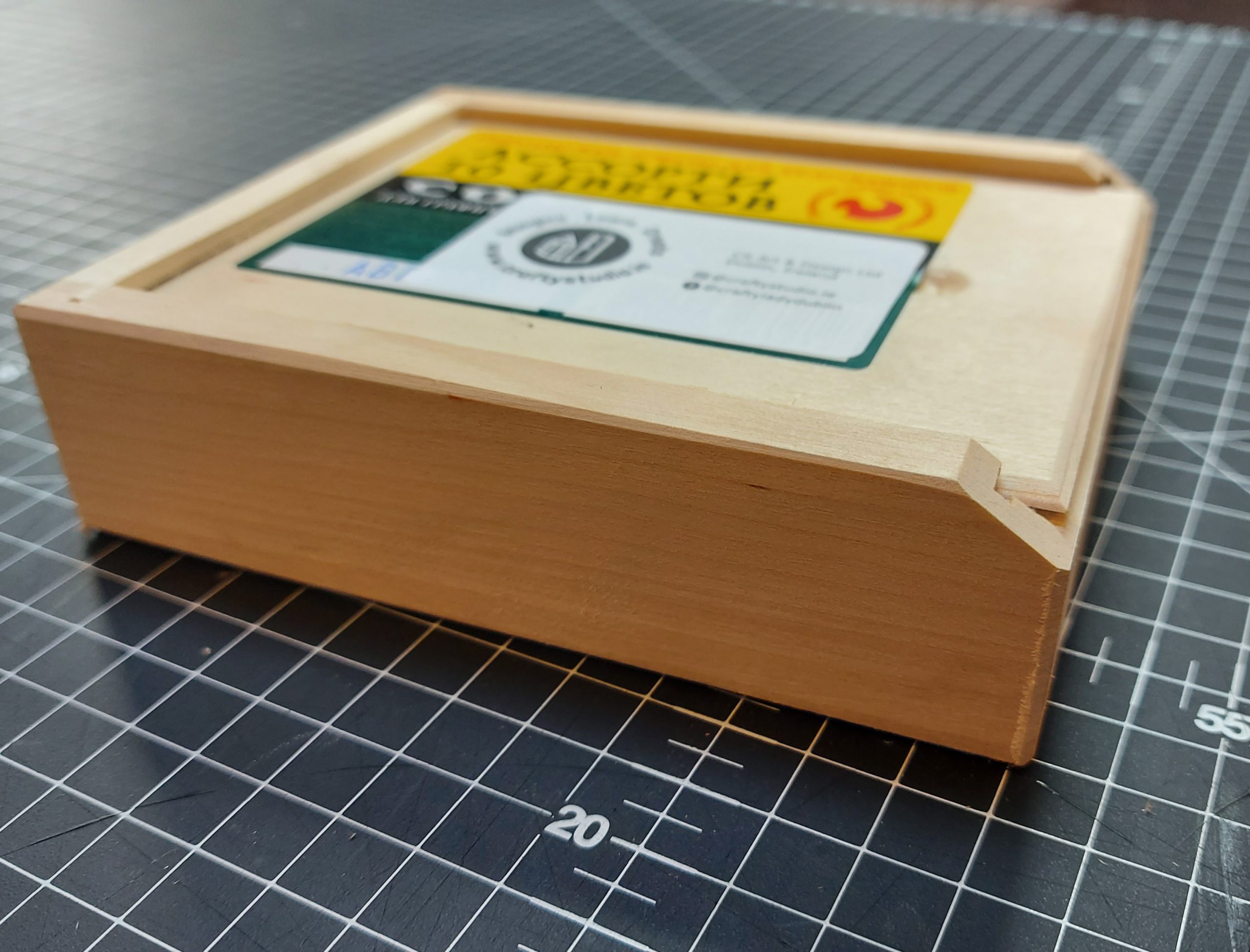
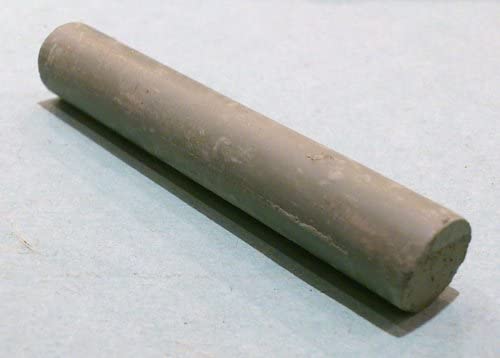
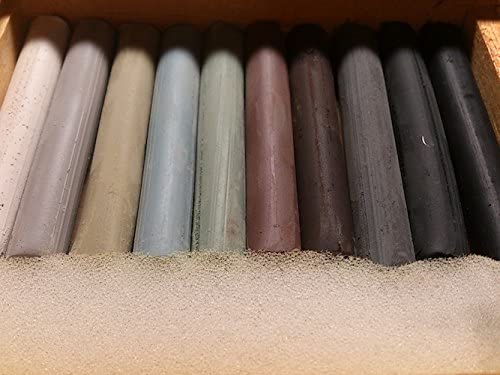
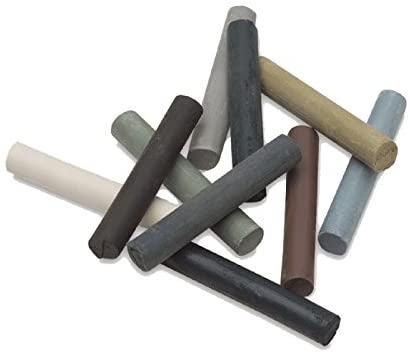
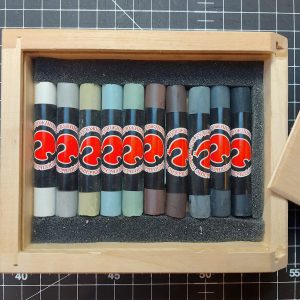
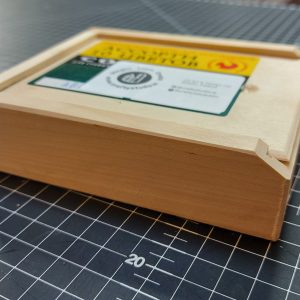
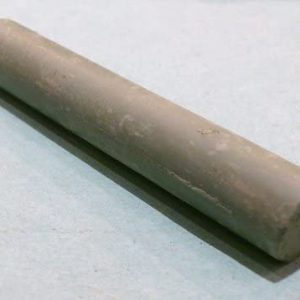
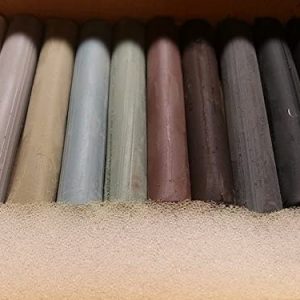
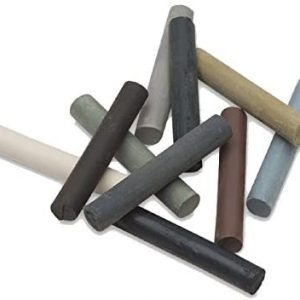
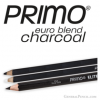
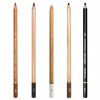

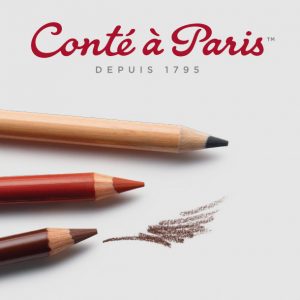
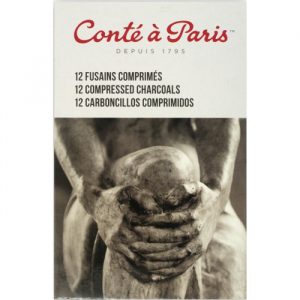
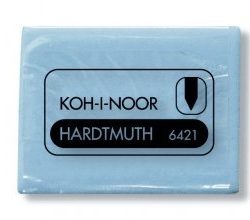

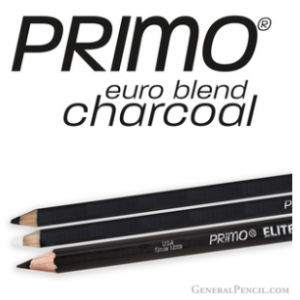
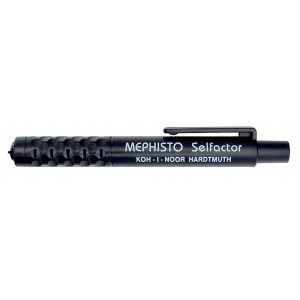
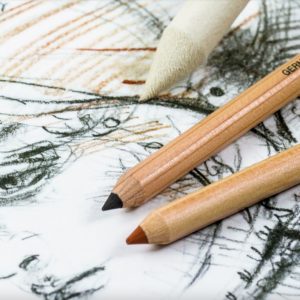
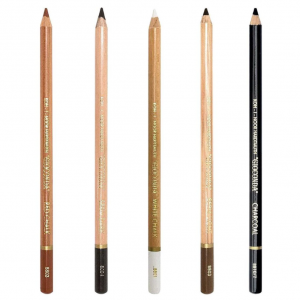
Reviews
There are no reviews yet.